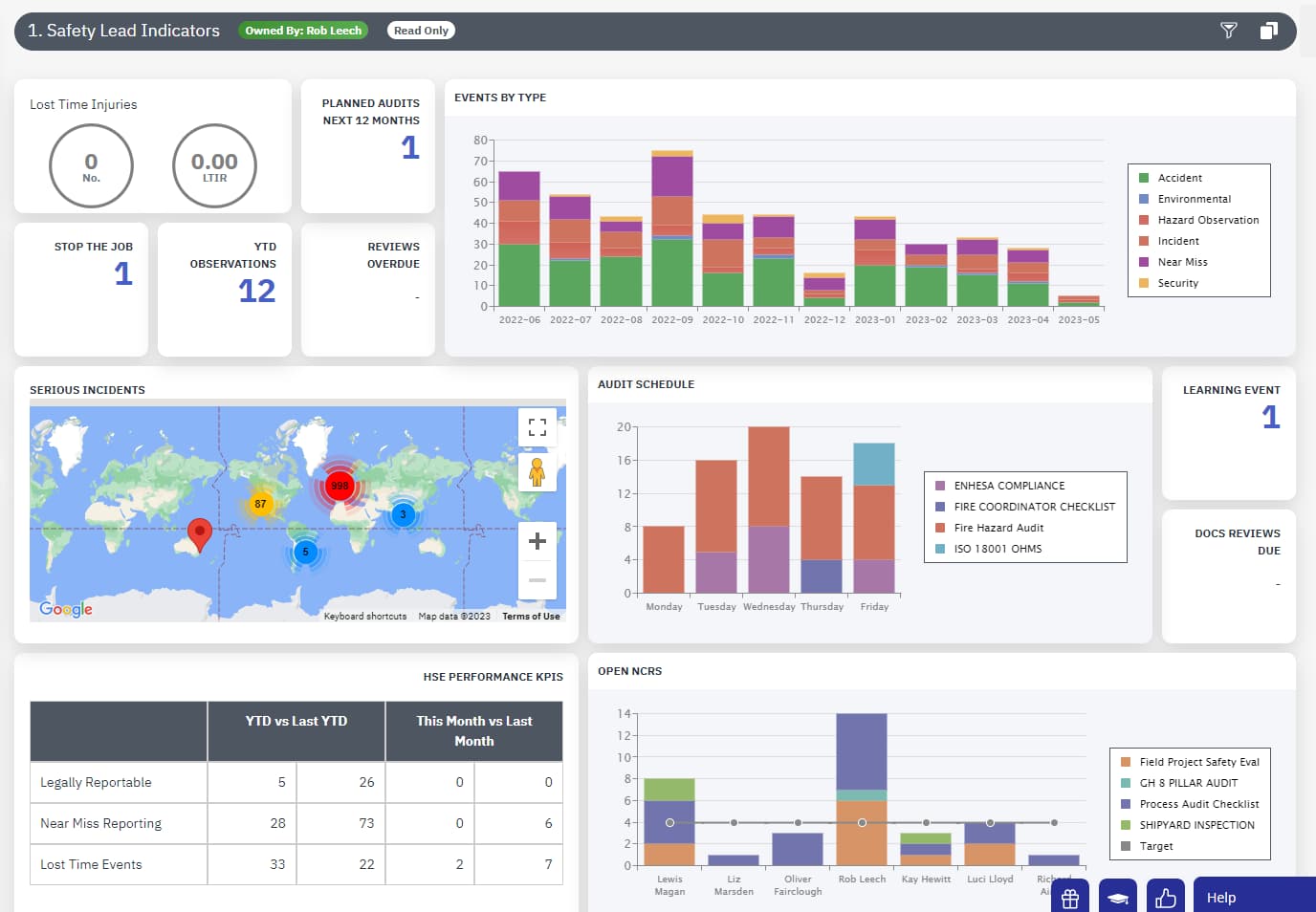
Hot Work Permit
What is a Hot Work Permit?
A hot work permit is a document that authorizes hot work in a controlled manner. The permit provides a systematic process that identifies and controls potential hazards from hot work.
The permit structure provides a framework for the permit issuing authority and the hot work operator to work together to identify potential hazards, assess risk, and implement appropriate controls.
A hot work permit is a critical safety document that requires careful consideration by authorized personnel before hot work can begin.

Hot Work Permits are required for any person working in or with hazardous hot areas/tools.
“Hot work” is a term used within the industrial and construction sectors to describe any work that can generate heat, sparks, or open flames, potentially leading to a fire or explosion. This could include operations like welding, brazing, cutting, soldering, grinding, drilling, and other similar activities.
Since hot work can create a serious fire hazard, it’s subject to stringent safety regulations and procedures. These might include obtaining a hot work permit, designating a fire watch, ensuring the work area is free from flammable materials, and maintaining proper ventilation.
Regular training and proper equipment are also essential to ensure workers’ safety when performing hot work.
The Importance of a Hot Work Permit
The role of a hot work permit is to reduce the risk of fire and explosion on the worksite. The permit process is designed to identify these risks and put measures in place to prevent incidents from happening.
Obtaining a permit involves thorough risk assessment and evaluation, taking into account the location, type of hot work, and the materials or equipment present at the site. Once the assessment is complete, the work can only proceed once all the safety measures are in place and authorized by the permit issuer.
The absence of a hot work permit can have disastrous consequences. When hot work is done without a permit, the chance of fire and explosion increases dramatically.
The lack of proper safety measures and precautions can lead to injuries, fatalities, property damage, and financial loss. It can have long-lasting effects on the community and environment.
The hot work permit regulation is in place to prevent such risks and promote safety in the workplace.
Another significant aspect of a hot work permit is that it ensures everyone on the worksite is aware of the safety measures in place and procedures that need to be followed.
This includes informing fire suppression systems, making sure that flammable liquids and gases are safely stored.
This knowledge is crucial for the safety of everyone on-site. So, it is not just the responsibility of the hot work operators but also the responsibility of the employers, who must make sure all workers are trained on the permit process and safety procedures.
In addition to safety, hot work permits can also help reduce costs associated with accidents and injuries. Employers have to spend a lot of money on legal fees, insurance, and damages caused by accidents that result from hot work done without a permit.
Moreover, accidents can lead to work stoppages that could cause additional financial losses. Effective hot work permit management can help companies avoid these costs and ensure business continuity.
The Risks Associated with Hot Work
Hot work poses several risks, including fire, explosions, and burns. Fires can spread quickly and cause significant damage to the workspace, and explosions can be fatal. Burns are also common, as the hot work produces sparks and flames that can cause deep tissue damage and severe pain.
Hot work can produce airborne contaminants, fumes, and gases that can affect the respiratory system and cause long-term illnesses.
Components of a Hot Work Permit
The elements of a hot work permit may vary from one organization to the other. However, a standard hot work permit should contain the following components:
1. Authorization from the Permit Issuer
2. Description of the work to be performed
3. Identification of the equipment being used
4. Assessment of the work area for fire hazards
5. Evaluation of fire prevention measures
6. Protective equipment required for workers
7. Emergency procedures in the event of an accident
8. Review and approval of the permit by the Permit Issuer
Manage Hot Work Permits with EcoOnline
Hot work can cause significant harm in any workplace. Employers and their safety experts must take the necessary precautions to prevent fires caused by hot work. With EcoOnline, companies can easily issue hot work permits, track permissions, and review permissions accordingly.




